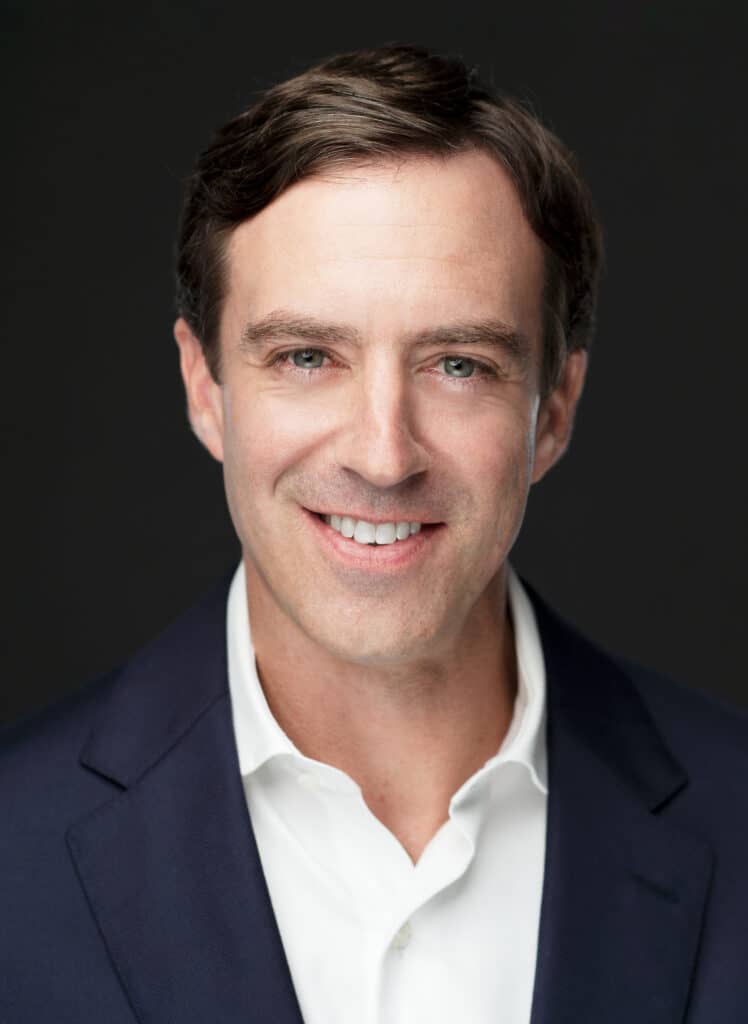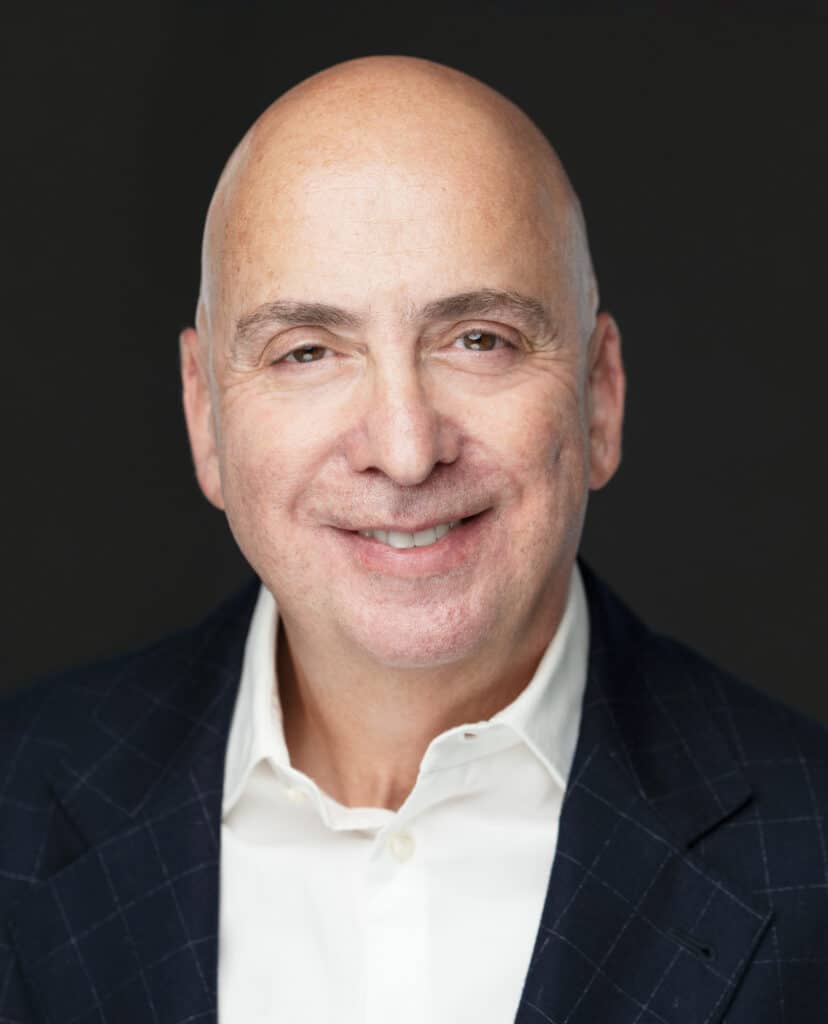CROSSx aims to guide the market towards further institutional crypto adoption

The decentralized nature of crypto presents unique challenges for investors of all types, according to Anthony Mazzarese, co-founder and Chief Commercial Officer, Crossover Markets Group.
For individual retailers, package services — such as execution, liquidity, custody and so on — made the market more accessible and easier to understand, he said.
For institutional clients, it is necessary to find best execution, and in most cases this means being able to trade across multiple exchanges and venues, he added.
By not having fungibility across crypto exchanges since each exchange is also the fund’s custodian, trading becomes capital inefficient as it becomes expensive to fund positions in many different places, Mazzarese stressed.
“This ‘silo effect’ makes true price discovery and best execution difficult to achieve,” Mazzarese told Traders Magazine.
For example, when you open a position on a given bundled exchange, a client usually also has to deposit the crypto there and then eventually close that position only on that exchange, he explained.
“This closed-loop system is not how institutions interact in other markets,” he said.
On March 21, Crossover Markets launched a first-of-its-kind digital asset trading execution venue CROSSx with seed round funding from Flow Traders, Nomura’s Laser Digital, Two Sigma, Wintermute Ventures, Gate.io and a consortium of retail brokers. .
“By decoupling trade execution from custody and brokerage, we give institutions the ability to freely choose their own credit counterparties,” Mazzarese commented.
As an execution-only trading venue provider, Crossover does not hold client funds, handle assets or bear counterparty risk.
Leveraging best practices and order logic from the stock and currency markets, Crossover’s model seeks to deliver “unprecedented efficiency,” Mazzarese said.
“We fully expect our customers to not only shop with us, but also shop on other venues and exchanges to find the best price,” he said.
“We make this easy by not forcing clients to open and close their positions with us. We prefer to compete on price, execution quality and technical features rather than holding client assets hostage,” he added.

Crossover was founded by industry veterans from traditional finance.
Anthony Mazzarese and CEO Brandon Mulvihill most recently headed up the FX Prime Brokerage business at Jefferies, while CTO Vlad Rysin previously served as CTO of Euronext FX.
“While cryptocurrencies offer the potential for huge efficiencies through 24/7 movement of funds and the ability to self-custody, there were some glaring inefficiencies that stood out to us, particularly with respect to institutional clients,” he said.
Mazzarese said that coming from a traditional finance background, the team was fascinated by the growth of digital assets and the potential that this new technology could unlock.
He further said that the early adoption and growth of digital assets originated in the retail community, and later expanded to the institutional market.
This “bottom-up” phenomenon is unique, as tradfi products often originate in the institutional market and only later become available to retail consumers, Mazzarese said.
As a result of this new mode of maturation, many of the offerings aimed at institutional clients were in many respects slightly more advanced versions of retail products, he said.
These missed the mark for sophisticated users, particularly the underlying basic technology and bundling of services through a single counterparty, he added.
“We were shocked to learn that separation of execution and mediation or custody was not at all common in the market, and that there was a lack of true ‘institutional only’ offerings,” Mazzarese said.
Amid these conditions, the decision to launch CROSSx felt obvious, according to Mazzarese: “Our goal is to provide best-in-class execution technology that is counterparty-agnostic, allowing institutional clients to choose their own custodians, counterparties and prime brokers. ”
“We believe this is disruptive and will help the market towards further institutional adoption,” he added.
With sub-20 microsecond matching engine latency, the CROSSx platform is many times faster than typical crypto exchanges, according to Mazzarese.
“We pride ourselves on being the fastest trading venue in the digital asset space – not only in terms of trade execution times, but also offer distribution times, and even during periods of extremely high volatility and throughput,” he pointed out.
“Because we are faster than our peers, we are able to print offers and execute trades many times in each offer and single trade at other venues,” he said.
He added that this is the plan for a market data framework that provides more detailed information about market activity, helping to “fill in the gaps.”
Algorithmic traders will generate signals faster on CROSSx, which will lead to better price discovery across the fragmented market, Mazzarese added.
According to Mazzarese, their CTO Vlad Rysin is an exceptional technologist with more than 30 years of experience building ultra-low latency arenas in traditional markets.

“Vlad and his team have coded our technology in C++ using modern programming methods, leaving out the unnecessary code that adds complexity and latency to the trading lifecycle, yet is common in legacy systems,” he said.
“This helps CROSSx achieve unprecedented speeds and performance,” he added.
This ultra-low latency matching is even more impressive when you consider the complex interaction rules and sophisticated order routing logic that takes place inside each quote and trade execution, Mazzarese said.
Being able to achieve this level of complexity and sophistication within 20 microseconds, with the ability to process millions of messages per second, is “exceptional”, he noted.
“CROSSx is available via FIX and we plan to launch a binary protocol that will further reduce execution time,” Mazzarese added.
Mazzarese said the team is optimistic about the future of crypto trading in the institutional space.
“We believe others share our vision that the market structure must adapt to drive mass institutional adoption, and we are pleased with the progress we have seen with some of the leading firms in the market,” he said.
“As an industry, we need to work together to build a healthy ecosystem of participants serving retail clients right up to the largest institutions – while reducing credit risk and delivering best execution,” he concluded.

